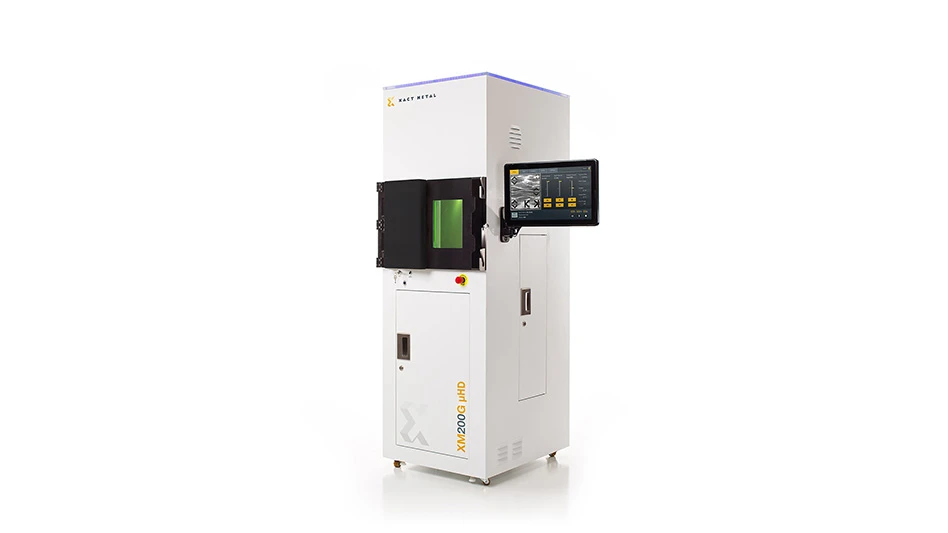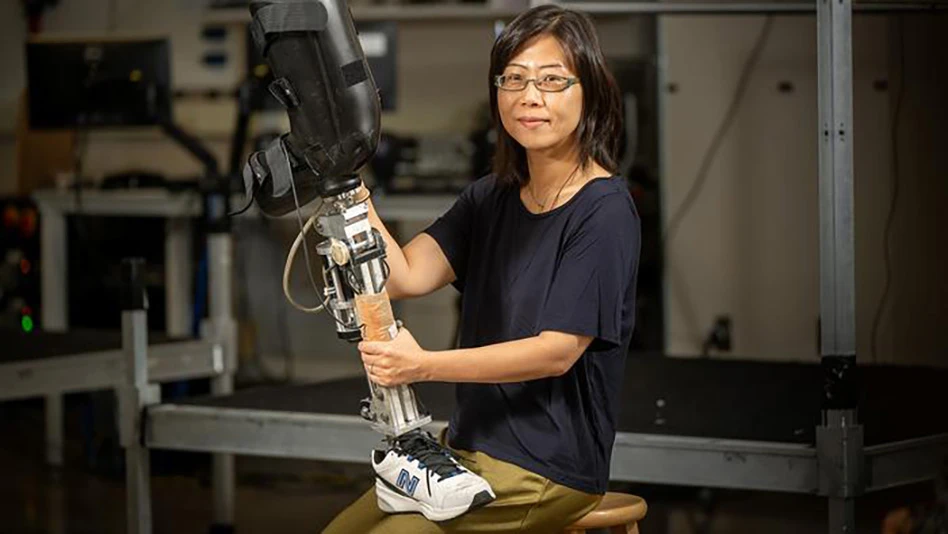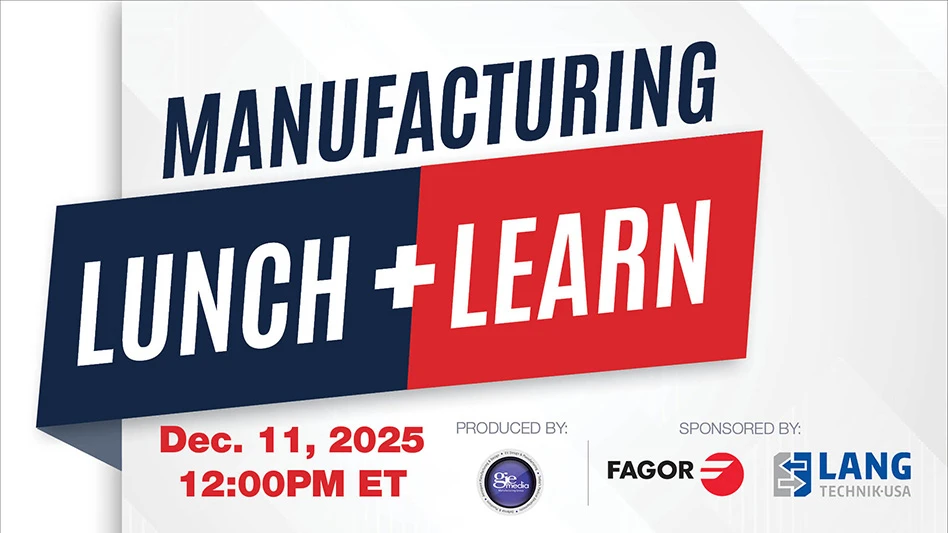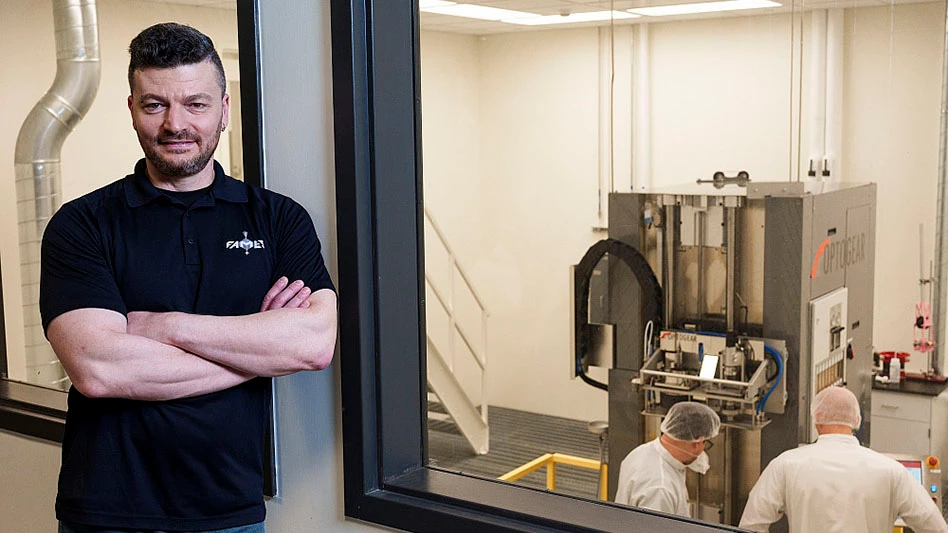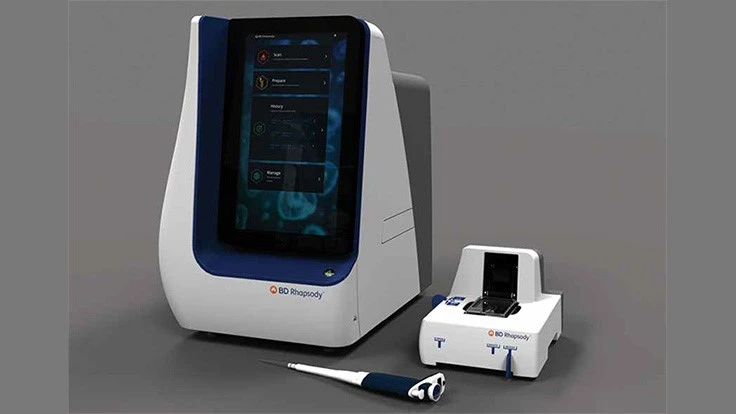
Becton, Dickinson and Company (BD) has long recognized the potential of additive manufacturing (AM) for its applications. The company identified products struggling with part geometries or economies of scale with both injection molding and milling, and initiated a program to examine additive processes, materials, and companies claiming to meet demanding medical applications.
The Advanced Prototyping, Corporate Computer-Aided Engineering (CAE) team led by Larry Monahan in Research Triangle Park, North Carolina, tasked Carbon with the goal of accelerating product development throughout various business units. The engineering groups within each BD business unit would then use the parts to rapidly iterate on new designs and test the function of the printed parts.
The BD team soon proved that the Carbon technology could be useful for prototyping through production. This case study examines how they identified an ideal application for additive manufacturing and why they ultimately selected Carbon and MPU 100 for production.

The BD Rhapsody single-cell analysis system (pictured above)
(Left) The hemocytometer adapter
In mid-2017, the corporate CAE team began providing parts to the BD Life Sciences – Genomics group based in Menlo Park, California. The BD Genomics team was building a single-cell genomic analysis system that makes it possible to understand cellular form and function on the basis of individual cells. Traditional assays such as microarrays and bulk RNA sequencing, which take an average of measurements across multiple cells, hide subtle differences between individual cells. The BD Rhapsody system overcomes this limitation and makes it possible to identify and characterize rare cell types, allowing researchers to understand biological processes in fields ranging from immunology to oncology.
The product development challenge
A critical component of this product is the hemocytometer adapter, which integrates a fluidic microwell component into an optical system. The fabricated holder must accommodate the dimensions and operational requirements of both a fluidic “slide” and the existing imaging technology.
Part design requirements
The key design requirements for this part were the sliding surfaces and the central fluidics holder, which required flush surfaces to fit with the other components in the assembly. Other key features included trapped negative space for the slide holder, undercut structures, and a window for optics.
Desired Process Improvements
For this component, injection molding and milling were inherently limited with respect to:
- Difficult-to-mold geometries
- Long lead times to produce a new mold
- Fewer iterations given lead time and tooling expense
- Slower path to market
- New tooling expenses to develop derivative products
As a result, BD viewed additive manufacturing as a potential solution. The right additive process had to deliver cost and speed benefits without compromising on the part’s design requirements.

A decision for Digital Light Synthesis
BD chose Carbon’s technology for these key reasons:
- The design freedom of additive manufacturing could better meet this product’s needs
- Digital Light Synthesis™ results in parts with a high quality surface finish
- Rapid iterations on product design could accelerate time to market
- Production could be cost effective given limited initial production volume (~80 units)
- MPU 100 medical-grade material is well suited for use in medical systems
Monahan mentions, “We worked closely with the Carbon team to leverage the biocompatibility and sterilization data already generated for MPU 100 material. Then we partnered with BD’s toxicology group to generate our own internal data.”
BD stores this data in an internal database so that engineers across the organization can identify which materials are appropriate for a given application.
The first prints for the hemocytometer adapter were a success, but it was clear that the part’s printability could be significantly improved through a redesign that leveraged Carbon’s process.

Optimizing the design for Digital Light Synthesis
Jamie Cone, an engineer on the Corporate CAE team, worked closely with Carbon to improve throughput and reduce the cost per unit by optimizing the part for production.
Key changes include:
- BD rotated the honeycomb structure by 45° to make all walls self-supporting. This change also allowed BD to print the part horizontally, reducing Z-height and print time.
- To further increase print speed, Carbon engineers created a custom print script, which reduced print time by 55% from the original print to the final orientation.
- By eliminating the need for supports, BD reduced resin usage per build by 7% and dramatically reduced the pre- and post-processing time. Combined, the reduction in resin usage, print time, and labor made the part scalable and cost-effective for production.
- Finally, Carbon applied a texture to the “hero” surface of the part to optimize aesthetics and functionality/grip.

Conclusion
With the combination of Carbon technology and service, the hemocytometer adapter for the BD Rhapsody single-cell genomic analysis system will be BD’s first production part using additive manufacturing. This project offered BD a cost-effective solution to address difficult to mold geometries without sacrificing part quality. By transitioning this part to a digital manufacturing process, BD could iterate at will, integrating feedback from Carbon to improve their product and optimize the manufacturing process to increase print speed by 55% and reduce resin usage by 7%.
Latest from Today's Medical Developments
- GrindingHub Americas launches in 2027 in Cincinnati, Ohio
- Methods Machine Tools now offers the Nakamura-Tome NT-Flex
- Battelle awards $900,000 in STEM education grants to Ohio schools
- #55 Lunch + Learn Podcast with KINEXON
- Starrett and Gerstner offer limited edition, American made 1950s replica wooden machinist tool chests
- EMCO’s UNIVERSALTURN 50: The new benchmark in universal turning
- Archetype's Expertise for Equity accelerates early-stage innovation
- Stratasys expands its AM solutions with Tritone's cutting-edge technology
